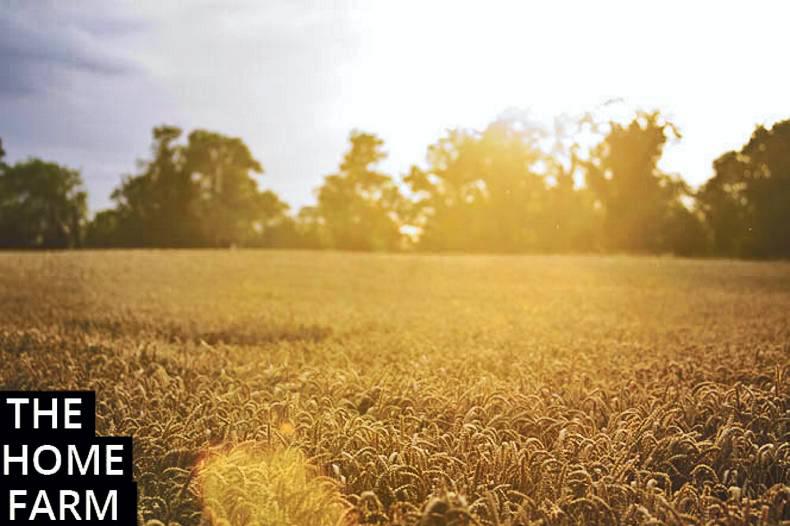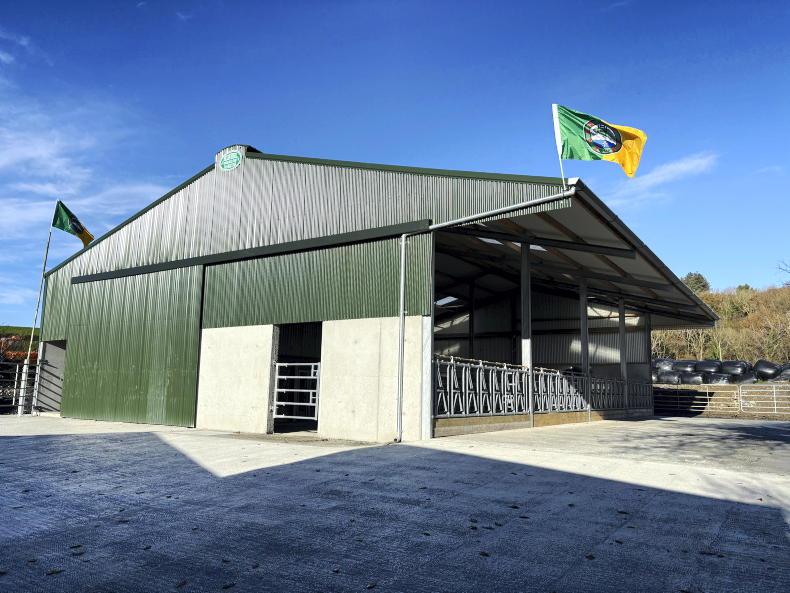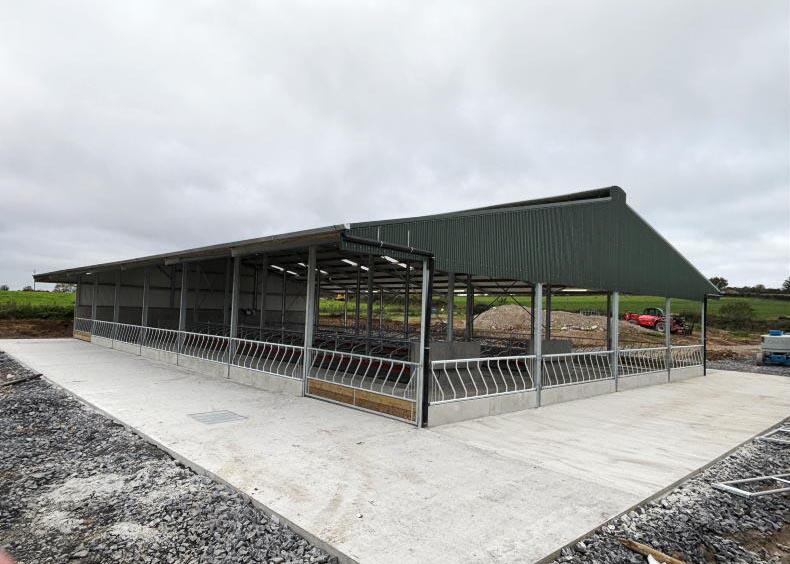I went out as usual to check the yard and cattle last thing at night. In the torchlight, I thought one of the pens seemed to have fewer cattle than I thought we had put in. As I walked up the feeding passage I saw why – the hatch I had installed a few years ago for agitation was simply not there. There was a dark hole about 3ft by 4ft.
I shone the torch in to see the missing cattle or at least some of them. We had been spreading slurry from that pen – the six feet tank was less than half full. In my 40 years since I built my first slatted house, this had never happened before, but the fact that it was the first time was not much help. It was half past ten. The six cattle were, as far as I could see, alive. The slurry was up to their backs and they did not seem to be suffering from the deadly gas that has killed so many farmers, let alone cattle.
So what to do? I could do nothing by myself and I was terrified to move away in case more cattle stumbled in to their possible death.
I had my mobile with me. I rang to see if there was any possibility of getting help at that hour. Fortunately there was. Within an hour there were three of us in the yard wondering the best way out of the nightmare. The tank’s walls are completely upright, so it was either forget about the cattle and watch them die of hypothermia or possible gas poisoning or else try to rescue them.
There were two options if we were going to try and rescue them – either attempt to winch them up with ropes attached to the tractor and loader, a very difficult and potentially very dangerous method, or try and make some kind of ramp. We decided to try the ramp.
We lifted up the end 10 slats by hand. Some years ago, I had got a big steel door made to act both as a gate for the yard but also to allow us to store grain along the length of the wall during the harvest. The door is about 12ft by 9ft. We had to do some extra welding to get horizontal bars for extra grip, but by about 2am we were ready to slide the door into the tank. We scattered straw on it, shone the lights and slid a gate through the slats and pushed the cattle forward. The first climbed the ramp and slowly the rest followed. By 3.15am, it was all over. The full pen of cattle were together again out in a paddock with plenty of grass. The next morning, all were alive and well, though six of them were filthy dirty!
There are several lessons to be absorbed. The first is why should the hatch with the steel mesh beneath the liftable bars have fallen down into the tank? The hatch is made for swivelling up so that the agitation pump can be placed in the slurry and then attached to the PTO. Obviously something got loose or broke but these gang slats with an agitation hatch are made to be inside the house with heavy cattle walking on them so are the hinges liable to corrosion or dangerous wear and tear? While slats have to meet a manufacturing standard, I am not sure about the components that failed that night.
The other lesson learned is that if cattle do fall into the tank beneath the slats and are still alive, try and have some idea how they are going to be got out. We were extremely lucky we had a steel door that could double up as a ramp. The other option is obviously a built-in ramp in a corner of the tank.
The final lesson is the incredible danger that exists around slurry, agitation and cattle. We are all too aware of the tragedies that have happened in these type of situations. It is possible to have insurance for slat breakage.
At the end of the day, cattle are simply cattle but it’s so easy in the panic to take a risk that could turn out to be an awful miscalculation in terms of human life.










SHARING OPTIONS